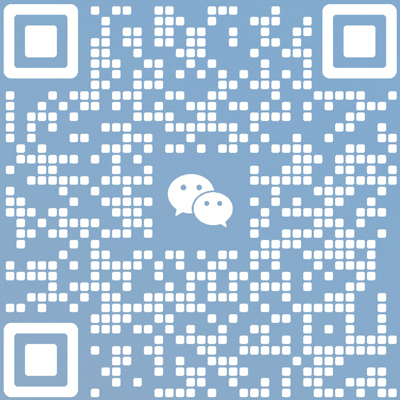In medical care scenarios, the prevention and control of fall risks always faces a core contradiction: the instantaneous nature of human movements and the lag of human monitoring. The traditional method of relying on naked eye observation or regular inspections often initiates intervention only after an accident occurs. A smart monitoring technology based on pressure sensors is pushing risk identification from "post-event disposal" to "pre-event prevention" by capturing subtle changes in mechanical signals, redefining the boundaries of safe care.
1. Mechanical perception: How pressure sensors "understand" human behavior
As a "translator" between mechanical signals and digital information, the core capability of pressure sensors is to convert physical contact into analyzable data streams. Its working principle can be simplified into three stages:

Pressure capture: pressure-sensitive materials sense the deformation of objects when they come into contact;
Signal conversion: converting the resistance or charge changes caused by deformation into electrical signals;
Data analysis: identifying pressure distribution patterns and dynamic trends through algorithms.
In the fall prevention scenario, the breakthrough of this technology is reflected in three dimensions:
Spatial analysis: through a matrix sensor network, the trajectory of the center of gravity of the human body is constructed;
Dynamic tracking: high-frequency sampling technology captures the continuity of movement and distinguishes normal activities from signs of imbalance;
Pattern learning: adaptive algorithms establish individual behavior baselines to reduce misjudgment interference.
2. From early warning to prevention: How technology breaks through the time window
The process from imbalance to falling is often only a few seconds, while traditional monitoring responses usually take longer. The innovative value of the pressure sensor system lies in creating the "golden time for early warning":
Subtle movement recognition
High-sensitivity sensors can detect early signals such as muscle contraction and center of gravity shift, and identify high-risk behaviors such as leaving the bed and getting up earlier than naked eye observation. In specific medical trials, such systems have shown significantly better response speed than manual monitoring.
Behavioral logic modeling
Through machine learning technology, the system can:
Learn the behavioral characteristics of people with different physical conditions (such as the unilateral force pattern of hemiplegic patients)
Distinguish between autonomous activities and nursing assistance scenarios
Dynamically optimize the warning threshold to balance sensitivity and specificity
Multi-dimensional verification mechanism
Advanced systems often integrate multiple sensing technologies, such as linking pressure data with motion sensors and environmental monitoring equipment to build a multi-dimensional risk assessment model to further improve the accuracy of warnings.
3.Technological evolution: from basic monitoring to intelligent ecology
The application of pressure sensors in medical care has undergone a phased transition:
Function iteration
Early systems could only determine the "in bed/out of bed" status, while the new generation of solutions can predict the risk level of falls through changes in pressure distribution and even evaluate the progress of rehabilitation.
Morphological innovation
The development of flexible electronic technology has spawned invisible sensors that can be embedded in fabrics, floors or furniture, eliminating the psychological rejection of the guardian while continuously monitoring.
System integration
Modern solutions are no longer limited to independent devices, but are deeply integrated with the data management system of medical institutions to achieve full-process digitalization of risk warning, nursing records, and quality assessment.
4. Challenges and breakthroughs in technology accessibility
Although pressure sensor technology has shown significant value, its large-scale application still needs to solve key problems:
Balance between accuracy and universality
How to make the same system adapt to patients with different body shapes and disease characteristics, while avoiding the cost increase caused by over-customization.
Privacy and ethical considerations
Although pure mechanical monitoring avoids the privacy disputes of video surveillance, data security is still the core element of system design.
Sustainable innovation
Researchers are exploring self-powered sensors, degradable materials and other directions to reduce long-term use costs and environmental loads.
5. Future vision: When mechanical perception is integrated into smart healthcare
With technological advances, the application boundaries of pressure sensors continue to expand:
Rehabilitation training guidance
Through real-time feedback on plantar pressure distribution, help patients correct gait abnormalities.
Chronic disease management
Analyze the pressure data of long-term bedridden patients, warn of bedsore risks and optimize nursing plans.
Extension of emotional computing
Explore the relationship between pressure patterns and emotional states such as anxiety and pain, and expand the dimension of non-verbal communication.
The essence of this technological change is to transform nursing safety from empirical judgment to data-driven. When every subtle mechanical change is endowed with preventive value, medical care will have a more sensitive "sensory antenna". The evolution of pressure sensor technology is a vivid footnote to how humans use technology to extend empathy - building an invisible barrier before risks occur, so that safety protection is always one step ahead.
Post time: May-12-2025







